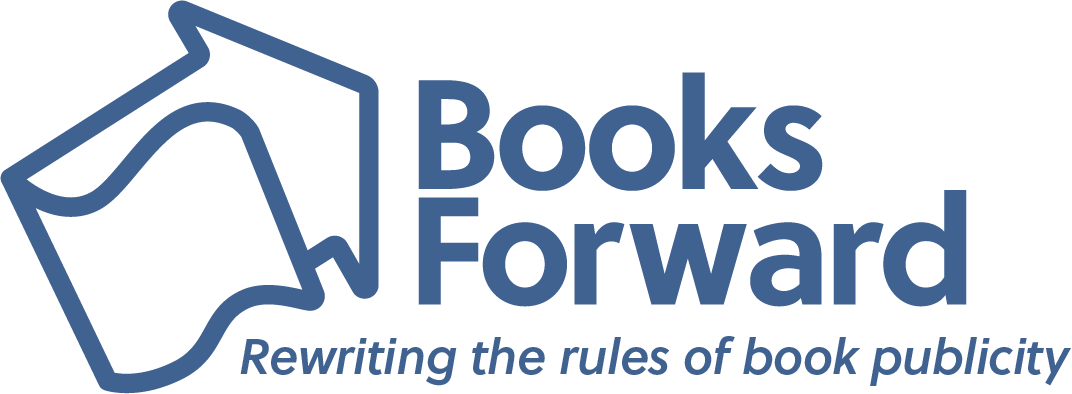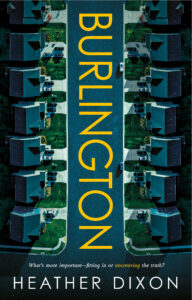 ONTARIO, Canada – A fresh take on belonging, obsession and schoolyard politics, debut author Heather Dixon brings a fresh perspective to domestic suspense in her exciting new novel, “Burlington” (Aug. 22, 2023, Rising Action Publishing Co.), perfect for fans of Celeste Ng and Liane Moriarty.
ONTARIO, Canada – A fresh take on belonging, obsession and schoolyard politics, debut author Heather Dixon brings a fresh perspective to domestic suspense in her exciting new novel, “Burlington” (Aug. 22, 2023, Rising Action Publishing Co.), perfect for fans of Celeste Ng and Liane Moriarty.
Mae Roberts never thought she would fit in amongst the beautiful and rich mothers at Riverpark Elementary. But, when she’s accepted into their clique and they ask her to be a part of their unofficial neighborhood watch, Mae finds herself slipping more and more into a world of odd dinner parties, secrets and lies, and even rumors of suicide attempts. When one of the Riverpark Moms disappears, and then another, Mae must decide what’s more important — fitting in or uncovering the truth.
“Burlington” is a suspenseful debut novel that explores the exclusive world of wealthy mothers and demonstrates how privilege can come at a devastating price.
“Burlington”
Heather Dixon | Aug. 22, 2023 | Rising Action Publishing Co. | Domestic Suspense
Paperback | 9781990253492 | $21.99
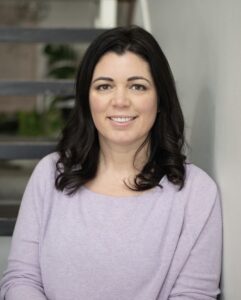 Heather Dixon is a managing editor of a nonprofit website and author of “Burlington.” She spent over a decade in the marketing and advertising industry as a copywriter, and has written about motherhood for a number of established websites. She lives just outside of Toronto, Ontario with her husband, her three young daughters and her Bouvier, Zoey. For more, visit her website heatherdixon.ca/.
Heather Dixon is a managing editor of a nonprofit website and author of “Burlington.” She spent over a decade in the marketing and advertising industry as a copywriter, and has written about motherhood for a number of established websites. She lives just outside of Toronto, Ontario with her husband, her three young daughters and her Bouvier, Zoey. For more, visit her website heatherdixon.ca/.
Follow Heather Dixon
on social media:
Facebook: @heatherdixonwriter
Twitter: @hdixonwriter
Instagram: @heatherdixonwriter
TikTok: @heatherdixonwriter
In an interview, Heather Dixon can discuss:
- Why she chose to set the novel in Burlington, Vermont — one of 29 U.S. cities named Burlington
- The novel’s location and the idea of someone finding themselves in a city or a suburb where they don’t fit in
- How her experiences as a mother helped her write a novel largely focusing on the theme of motherhood
- The idea of people struggling to fit in and the lengths they’ll go to in order to belong
- Analyzing female friendships through her writing
- Projects she’s working on next
An interview with Heather Dixon
1. You’re from Burlington, Ontario, but the book isn’t set there. Why’d you choose to set the book in Burlington, Vermont, instead?
When I was first doing some research into setting, I knew I wanted to set the book in a place similar to Burlington, Ontario, because it was where I lived and what I knew. And while I was researching, I learned that there were 27 cities in the United States named Burlington, as well as more than one city in Canada named Burlington, too. It made me think of how the setting could almost be a metaphor for the experience: A mother moving somewhere new, trying to find belonging and looking to find her place in the world — that kind of experience and feeling is something many women feel. Burlington could be anywhere and everywhere, because that search for belonging is a universal thing.
2. The book focuses largely on the theme of motherhood. What experiences as a mother helped you when writing the story?
Motherhood is one of those things that I wouldn’t say defines me entirely, because I also have many other sides to who I am, but it’s definitely been the most enormous change I’ve experienced in my life. And it’s also had the most significant impact on who I am now. After becoming a mother, I wanted to write about it so much, because that’s how I process my thoughts and feelings — and I had so many thoughts and feelings as a new mother. The intense emotions — both high and low — that came with every stage of motherhood shaped me. And I’ve found in the past, whenever I felt my most vulnerable as a mother and actually wrote about it in a blog, that was when my writing resonated the most with others.
3. You also focus on the concepts of privilege and wealth — why were those themes important for you to touch on?
I think I’m still trying to understand and articulate my thoughts on privilege and wealth. The fact that I live in an affluent neighborhood has a lot to do with it. For me, when I see something about the world that doesn’t make sense to me, I try to write out my thoughts to understand them. But these topics are ones I’m still working to understand.
4. Why is this book important to you personally?
The idea for this book came to me when I would walk my oldest daughter to school for the first time, back when she was in kindergarten. School was new for both of us, and it could have been my own hang up, but I felt out of place. While my daughter was making friends, I was noticing groups of parents and unwritten rules and was fascinated by this new world I didn’t know how to navigate. Also, I’ve always felt like the odd woman out, or like I didn’t quite belong. It’s been hard to find my place, even as an adult, and I wanted to explore that among female relationships.
5. Are there any myths or stereotypes about female friendship that you wanted to focus on specifically?
I’ve actually always somewhat struggled with female friendships and that has always bothered me. When I was growing up, I would make new friends every few years in school, and I never had that one best friend that many women seem to have from when they were really young. It might have been because I had a brother and hung around with boys a lot as a kid, but I always longed for that best female friend and never quite established it in the way I wanted. I’ve had many, many great female friends in my life and have some wonderful friendships now as well that I cherish, but that “ride or die” friend thing was something I missed out on and always wanted, and I think that’s why I focus on the theme of female friendship in this book. I think it’s a very special thing.
6. Are any characters inspired by you or people from your life?
All of the characters I write have little bits of many people in my life. Specifically, the character of Frankie is inspired by my mother. Frankie is just a really good, loving mom, and that’s who my mother is. I wanted to honor her in that way. Also, I gave Drew, Mae’s husband, some of my husband’s characteristics. Any good or sweet thing about Drew is from my husband because I think he’s just a really fantastic person. I also wrote this when my daughters were younger, so some of the things Ruby and Isla say and do, and the way they look, are inspired by my daughters.
7. What parts of the book did you find most difficult to write? Which did you most enjoy?
I found getting the plot right took me the longest to figure out. For a long time, I had to revise and rework so the pacing would be just right. I find I love to write about character development and can get lost in writing details about setting — it’s my most favorite! But I can’t forget that the actual plot needs to be on the page, too.
8. What do you hope readers gain from reading the book?
I hope readers are entertained by this book. I hope that they enjoy reading it and getting lost in the story for however long it takes them to read it. But I also hope, as I always do when I write, that someone will read it and think “Hey, I felt that way, too” or that they’ll see themselves on the pages and it will resonate with them.
9. What are you working on next?
My next project is a book about three sisters who struggle with their father’s death (and his deceit) after learning of a long-held secret. It’s told from each sister’s point of view and it’s a story about the complicated nature of family and the ties that bind us together. It’s coming out in October 2023.

A former award-winning journalist with national exposure, Marissa now oversees the day-to-day operation of the Books Forward author branding and book marketing firm, along with our indie publishing support sister company Books Fluent.
Born and bred in Louisiana, currently living in New Orleans, she has lived and developed a strong base for our company and authors in Chicago and Nashville. Her journalism work has appeared in USA Today, National Geographic and other major publications. She is now interviewed by media on best practices for book marketing.
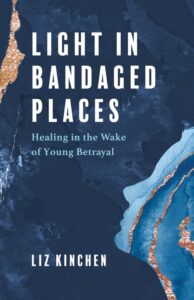 Boston, MA
Boston, MA Liz Kinchen
Liz Kinchen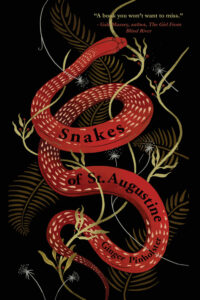 Daytona Beach, FL
Daytona Beach, FL GINGER PINHOLSTER
GINGER PINHOLSTER DURHAM, NC
DURHAM, NC 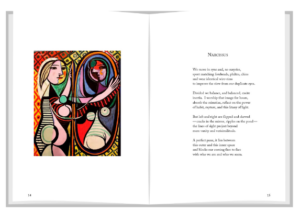
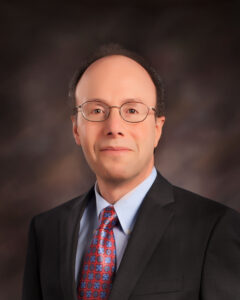 Stephen C. Pollock
Stephen C. Pollock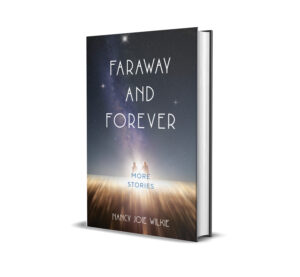 Brookeville, MD
Brookeville, MD NANCY JOIE WILKIE
NANCY JOIE WILKIE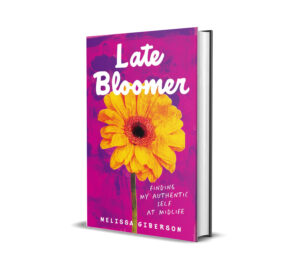 WAYNE, New Jersey
WAYNE, New Jersey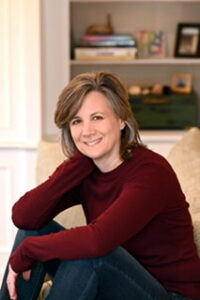 Melissa Giberson
Melissa Giberson CHICAGO, IL
CHICAGO, IL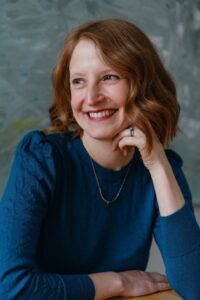 Christine Gallagher Kearney
Christine Gallagher Kearney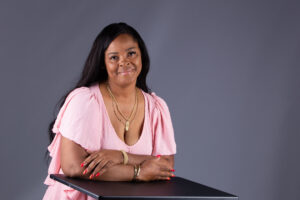
 San Francisco, CA
San Francisco, CA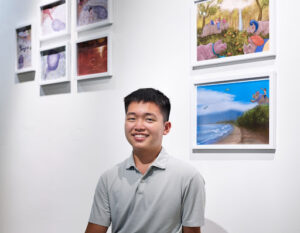 DANIEL KIM:
DANIEL KIM: 
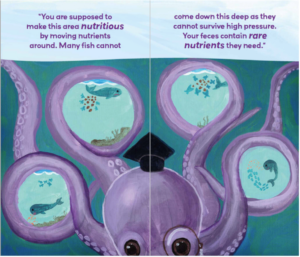
 NEW HAVEN, CT
NEW HAVEN, CT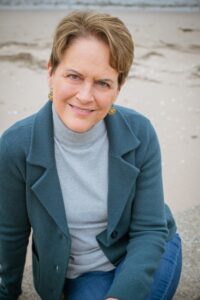 KIMBERLY BEHRE KENNA
KIMBERLY BEHRE KENNA